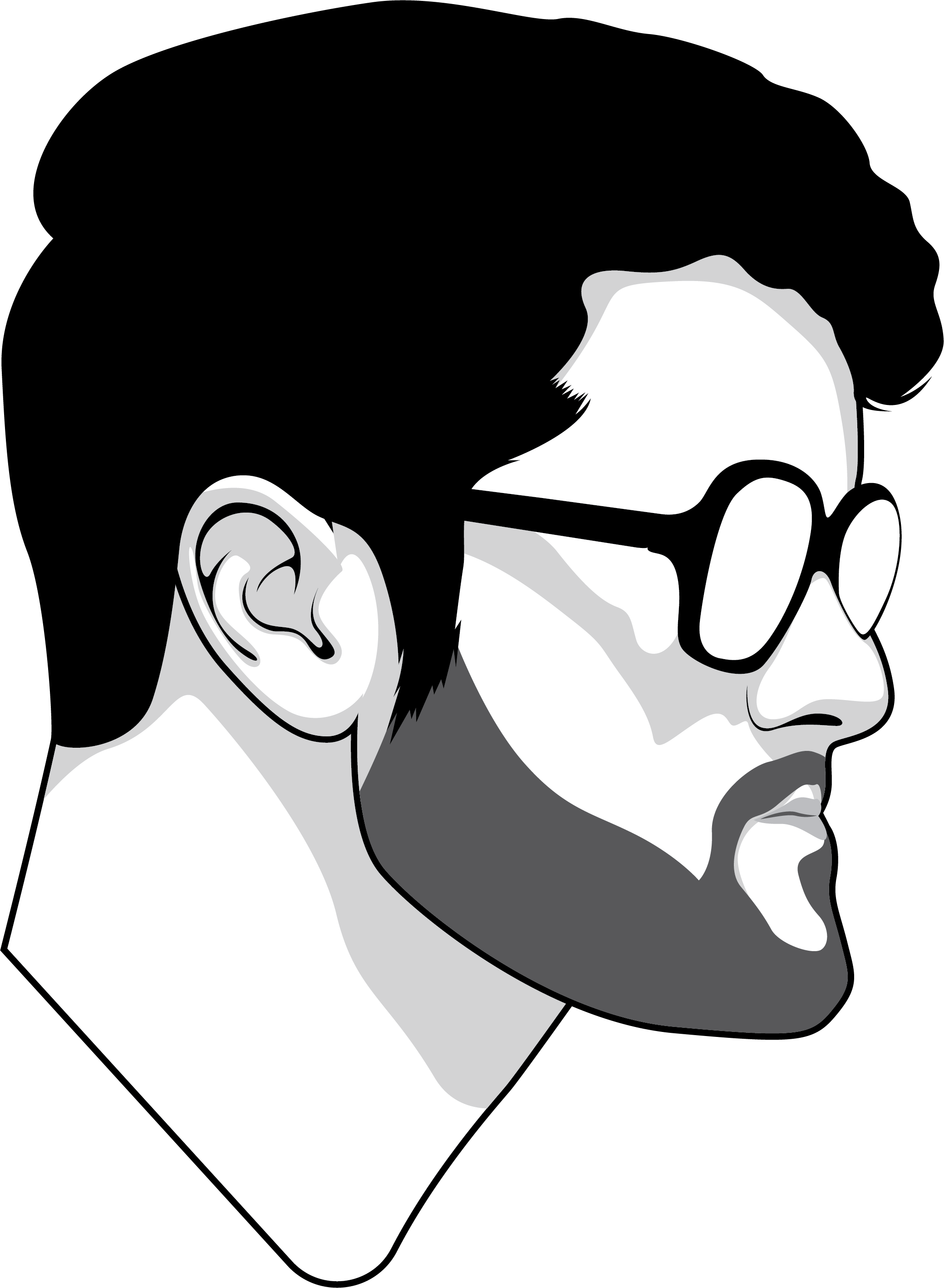I learned a lot when I made VR for Southwest Airlines. Here’s my top-5.
At INGENIOUS VR, we wanted to create for Southwest something completely new and authentic, something that would take their customers next level. As with any great project, I learned a ton along the way about the state of VR and where we can take it forward. I learned what worked, what didn’t, and why. I learned how to make VR marketable, how to increase throughput, and how to entice even the biggest VR naysayers.
Here’s my top-5 lessons:
1) VR video is missing its potential
The average consumer is not super impressed with VR video. Why? Becuase VR video doesn’t add any huge value over the tradtional video. In fact, I could argue that it actually subtracts value from the average consumer. Video at its heart is passive, a fun and easy way for the consumer to engage with great entertainment while just sitting back and enjoying. It’s easy and it’s simple. VR complicates that, because now the consumer has to be actively engaged for the entire video just to consume the benefits that come with traditional video.
But it doesn’t have to be this way. VR video will be more powerful than flatscreen video, but we have to rethink how we tell these stories. The first step is interaction.
Create stories that place the user in control. Allow them not to only be a ‘visitor’, as you can call it, but a participant. They will want to click around because whenever they click, something happens. They become part of the experience, and the passive medium has now become active.
That’s what we did at INGENIOUS VR for Southwest. We made passive entertainment fun, interactive and entirely engaging.
I’ll be writing a full article on this soon. Keep on the lookout.
2) More cameras = more headaches
This one is a little more obvious for the VR veterans out there, but the more cameras you bring to set, the more problems you can encounter. Murphy’s Law is a staple on any traditional film set and the same should be said for any VR set.
Good luck editing that in post.
Stitch lines are every creator’s worst fear. Whenever an actor or a player runs in front of the camera, you have to account for the overlapping images from camera to camera. If one of your cameras is pointing a little out of the way, you run the risk of ruining your shot. Not a great bet to play.
Not to mention the hardware disadvantages you encounter when you deal with more equipment. If one camera goes bad, again, you run the risk of ruining the day.
A solution? Fewer cameras. In the end you end up reducing your file output to about half of what you originally shot it in anyway, so, for the time being, I recommend creating killer content and focusing less time on the number of GoPro cameras your rig has. Better yet, invest is a great all-in-one system.
3) Go to more theatre
You want to try a fantastic VR experience? Go to ‘Sleep No More’ in New York. Punchdrunk has been creating experiential theatre exhibits that have been pushing the boundaries of what theatre can do and how it can make you feel.
Sleep No More places you right in the action.
Theatre has one huge benefit that TV and movies don’t: you’re in the same room as the performers. So why not allow the viewer to walk around, to see the action from any perspective? Why not let them find their own narrative and tell their own stories. Theatre can reignite our need to find unique experience and share it. So find the great experiential theatre in your area and talk about it.
In the same way that Punchdrunk reinvented the way a person can interact with theatre, we need to work together to find what is VR’s unique advantage. What can VR do that no other medium can? How can we best showcase this and bring it to the most eye’s possible? This is a question I have tried to answer with my post above (see #1) but I think we can even go further than that. Let me know what you think in the comments.
4) Play more video games
Stop thinking of VR video as video. It isn’t.
Video is flat, calls for no interaction and gives you a limited perception of the world. We have to remember that video was invented as an extension of photographs, but VR is not an extension of video. It can be more than that, and once we really begin to accept that we can start to really get the medium moving.
My first recommendation? Play more video games. Video games have been making ‘virtual reality’ experiences for years, even to the point of giving players first-person viewpoints. We just happened to call this genre of entertainment first-person shooters, or the more recent first-person adventure. Go play “Gone Home”. Go play “Firewatch”. Write about them, think about them. Both of those games present fascinating depictions of what you can achieve in VR.
5) Focus on reality
If you want to create a great virtual reality experience, you have to first realize what makes reality so great. This answer can be different for everyone, so I’m not going to take time to explain it here — but the answer cannot be “put cool shit in front of the camera and people will care”. It’s so much more important than that.
So really think about what makes you life so great, or what you would want out of life if you could make it better. Because that’s what VR is all about.




